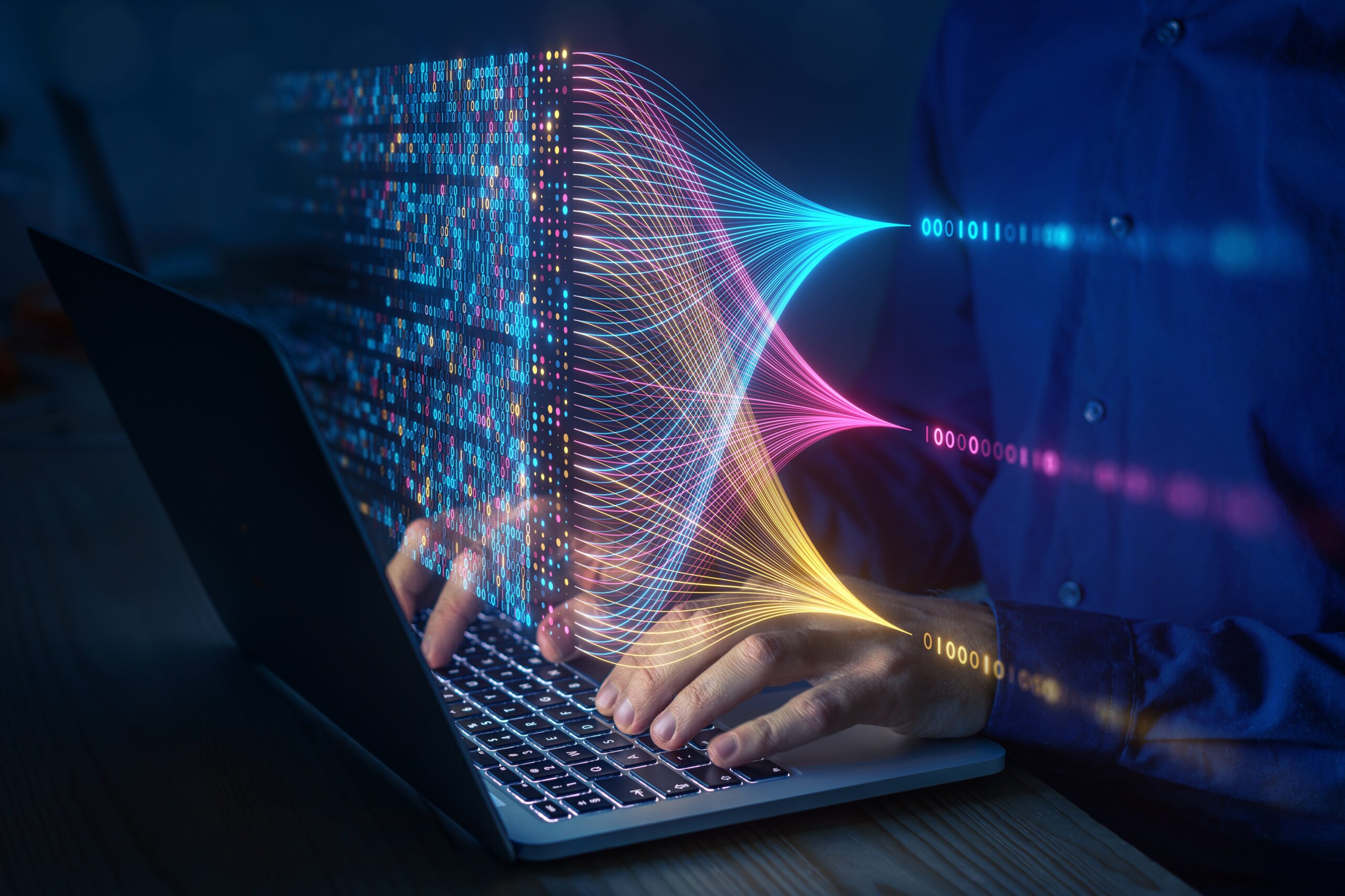
AI in Everyday Life: 7 Ways Artificial Intelligence Is Already Changing the World
Artificial Intelligence (AI) is no longer just the stuff of sci-fi. It’s here, it’s real, and chances are, it’s already woven into your daily life — from the apps you use to the way your home operates. While many think of AI as futuristic robots or complex data labs, its true power lies in the quiet ways it’s revolutionising how we live, work, shop, travel, and connect. This article explores seven surprising and impactful ways AI is transforming the world right now — and what it might mean for our future.
Outline
- What Is AI, Really?
- Smarter Smartphones & Virtual Assistants
- Personalised Shopping and Recommendations
- AI in Healthcare: Faster, Smarter, Life-Saving
- Smarter Homes and Everyday Appliances
- AI in Transport and Travel
- AI and Social Media: What You See and Why
- AI at Work: From Emails to Hiring
- Final Thoughts: Embracing the AI Era
What Is AI, Really?
Artificial Intelligence (AI) refers to the ability of machines or software to mimic human intelligence — learning, problem-solving, decision-making, and adapting over time.
AI includes:
- Machine learning (e.g. Netflix recommending your next watch)
- Natural language processing (e.g. chatbots that understand you)
- Computer vision (e.g. facial recognition on your phone)
- Automation (e.g. robots packing your online order)
If a system learns and improves from data or experience — that’s AI at work.
Smarter Smartphones & Virtual Assistants
AI is baked into your phone — and it’s smarter than you think.
Examples:
- Siri, Google Assistant, Alexa — understanding your voice and preferences
- Predictive text & autocorrect — adapting to how you write
- Facial recognition — unlocking your phone securely
- Photo sorting — grouping images by face, location, or event
Your phone is your AI-powered sidekick — always learning from how you use it.
Personalised Shopping and Recommendations
Ever wondered how Spotify just knew what you’d love? Or how that product you glanced at online followed you to Instagram?
That’s AI personalisation.
Where it shows up:
- Streaming platforms (e.g. Netflix, YouTube, Spotify)
- E-commerce sites (e.g. Amazon’s “Recommended for you”)
- Ad targeting based on your searches, clicks, and scrolls
AI turns data into “you might like this” magic — for better or worse.
AI in Healthcare: Faster, Smarter, Life-Saving
AI is transforming how we diagnose, treat and prevent illness — often faster than humanly possible.
Examples:
- AI scans detecting cancers and conditions early
- Wearable tech like smartwatches tracking heart health or sleep
- Chatbots doing triage for GP appointments
- Predictive models for hospital resource planning and outbreak tracking
AI is helping doctors make better decisions — and patients get quicker care.
Smarter Homes and Everyday Appliances
From fridges that remind you to buy milk to lights that turn on with your voice, AI is making our homes more efficient — and a bit more like the Jetsons.
Common examples:
- Smart thermostats (like Nest) learning your temperature habits
- Voice-controlled assistants (Alexa, Google Home) running your playlist or shopping list
- Robot vacuums that learn the layout of your space
- AI-powered security systems that spot unusual activity
Your home is becoming more intelligent — and more responsive to your routines.

AI in Transport and Travel
Whether it’s maps, ride-sharing or aviation, AI is making travel smoother, smarter, and sometimes even safer.
How?
- Navigation apps (like Google Maps or Waze) predicting traffic
- Uber & Bolt pricing and matching based on supply/demand
- Smart traffic lights adjusting flow based on congestion
- Airline scheduling and predictive maintenance
AI helps you get from A to B — with fewer surprises along the way.
AI and Social Media: What You See and Why
Ever wonder why your feed looks the way it does? AI decides what posts, ads and videos you’re most likely to engage with — and shows more of that.
Key areas:
- Feed curation (what appears and when)
- Content moderation (detecting spam or hate speech)
- Facial filters & AR effects
- Chatbots and auto-responses in messages
AI doesn’t just power social media — it shapes the experience.
AI at Work: From Emails to Hiring
The workplace is being quietly transformed by AI — helping humans work smarter, not necessarily harder.
Common workplace uses:
- Email sorting and spam detection
- AI writing tools for reports, proposals and customer service
- Hiring platforms using algorithms to scan CVs
- Meeting tools with live transcription or task assignment features
AI takes on repetitive tasks — so you can focus on the human stuff.
Final Thoughts: Embracing the AI Era
AI isn’t the future — it’s already part of our present. And while it comes with challenges (like ethics, privacy, and fairness), it also brings opportunity.
💬 Understanding how AI works in our everyday lives helps us use it wisely — not fearfully.
Whether it’s in your phone, your home, your commute or your health, AI is here — and it’s changing the world one algorithm at a time.